藍毗尼(
梵語:लुम्बिनी,Lumbinī或Lumbini),又譯嵐毘尼、臘伐尼、林微尼,位於
尼泊爾境內的蒂萊(Terai)小村落附近,靠近
印度的邊境上,距
加德滿都280公里。公元
前623年,相傳
釋迦牟尼佛誕生於古印度迦毗羅衛國,因此成為
佛教四大聖地之一。
1997年被入選
世界遺產。
《法顯傳》稱藍毗尼為「論民國」,
玄奘《
大唐西域記》稱「臘伐尼林」。
1896年印度考古學家
穆克吉根據玄奘《
大唐西域記》的記載,在藍毗尼挖掘出一根
阿育王石柱,高約6米,直徑45公分。上面銘刻著
阿育王的親筆敕文:

「天佑慈祥王登基廿年,親自來地朝拜,因為這裡是釋迦牟尼佛誕生之地。」一塊石上刻著一個形像,並建立一根石柱,表示佛陀在此地降生。藍毗尼村成為宗教的免稅地,只須付收成的八分之一作為稅賦。
635年,玄奘在蘭毗尼還親見
阿育王石柱。1968年尼泊爾政府對蘭毗尼進行復原工程,中國政府在蘭毗尼建造兩座佛寺。
圖像
Lumbini
From Wikipedia, the free encyclopedia
Lumbinī (
Sanskrit:
लुम्बिनी, "the lovely") is a
Buddhist pilgrimage site in the
Rupandehi district of
Nepal.
[1] It is largely regarded as the place where Queen Mayadevi gave birth to Siddhartha Gautama, although the exact birthplace is
disputed. Siddhartha Gautama lived roughly between 623 and 543 BCE
[2][3][4] and he founded
Buddhism as
Gautama Buddha. Lumbini is one of four magnets for pilgrimage that sprang up in places pivotal to the life of the Buddha, the others being at
Kushinagar,
Bodh Gaya and
Sarnath.
Lumbini was where the Buddha lived until the age of 29. Lumbini has a
number of temples, including the Mayadevi temple, and others under
construction. Also located here is the Puskarini or Holy Pond where the
Buddha's mother took the ritual dip prior to his birth and where he,
too, had his first bath, as well as the remains of Kapilavastu palace.
At other sites near Lumbini, earlier Buddhas were, according to
tradition, born, achieved ultimate
awakening and finally relinquished earthly form.

Location of
Lumbini,
Nepal
In Pratham's time
In the Buddha's time, Lumbini was situated between
Kapilavastu and
Devadaha (both ruled by
Nepal).
[5] It was there that the Buddha was born.
[6]
A pillar now marks the spot of Asoka's visit to Lumbiní. According to
an inscription on the pillar, it was placed there by the people then in
charge of the park to commemorate
Asoka's visit and gifts.
[7] The park was previously known as Rummindei, two miles north of Bhagavanpura.
In the Sutta Nipáta (vs. 683) it is stated that the Buddha was born
in a village of the Sákyans in the Lumbineyya Janapada. The Buddha
stayed in Lumbinívana during his visit to Devadaha and there preached
the Devadaha Sutta.
[8]
Re-discovery
In 1896 Nepalese archaeologists (effort by Khadga Samsher Rana) discovered a great stone pillar at the site attributed to
Ashoka. It is believed that the pillar was established by the great king Ashoka in about 245 BC. Records made by the Chinese pilgrim
Faxian were also used in the process of identifying this religiously acclaimed site.
Present-day
Lumbini, as of 1997, is a
UNESCO World Heritage Site specifically nominated for the international
World Heritage program.
The present Lumbini is divided into an ratio of 1:3 which means it is
3 km (2 mi) long for every 1 km (1 mi) wide. In total it's 2 km (1 mi)
by 6 km
The holy site of Lumbini is bordered by a large monastic zone in
which only monasteries can be built, no shops, hotels or restaurants. It
is separated into an eastern and western monastic zone, the eastern
having the
Theravadin monasteries, the western having
Mahayana and
Vajrayana monasteries.
The holy site of Lumbini has ruins of ancient monasteries, a sacred
Bodhi tree, an ancient bathing pond, the
Asokan pillar
and the Mayadevi temple, where the precise place of birth of Buddha is
located. From early morning to early evening, pilgrims from various
countries perform chanting and meditation at the site.
A
Non-governmental organization called "Asia Pacific Exchange and Cooperation Foundation" (APECF) backed by chairman of the
Unified Communist Party of Nepal (Maoist) and then Prime Minister
Prachanda, the
Chinese government and a
UN
group called "United Nations Industrial Development Organization"
(UNIDO) signed a deal to develop Lumbini into a "special development
zone" with funds worth $3 billion.
[9] The venture was a China-UN joint project. A broader 'Lumbini Development National Director Committee' under the leadership of
Pushpa Kamal Dahal was formed on October 17, 2011.
[10] The six-member committee included
Communist Party of Nepal (Unified Marxist-Leninist) leader Mangal Siddhi Manandhar,
Nepali Congress leader
Minendra Rijal,
Forest Minister Mohammad Wakil Musalman, among other leaders. The
committee was given the authority to "draft a master plan to develop
Lumbini as a peaceful and tourism area and table the proposal" and the
responsibility to gather international support for the same.
[10]
Hindus regard the Buddha as an incarnation of
Vishnu and thousands of Hindu pilgrims come here on the full moon of the Nepali month of Baisakh (April–May) to worship
Maya Devi as
Rupa Devi, the mother goddess of Lumbini.
[11]
Transport
Lumbini is a 10-hour drive from
Kathmandu and a 45-minute drive from
Bhairahawa. The closest airport is
Gautam Buddha Airport at Bhairahawa, with flights to and from
Kathmandu.
[12]
Gallery
-
Bodhi tree and pond at Lumbini
-
Exact birthplace of Gautama Buddha
-
-
-
-
-
Burmese Lokamani Cula Pagoda
-
-
A mixture of Tibetan prayer flags and Korean lanterns near the Sacred Pool (Puskarni)
References
- ^ [1][dead link]
- ^ "Lumbini, the Birthplace of the Lord Buddha - UNESCO World Heritage Centre". Whc.unesco.org. Retrieved 2013-08-19.
- ^ ""Gautama
Buddha (B.C. 623-543)" by T.W. Rhys-Davids, The World's Great Events,
B.C. 4004-A.D. 70 (1908) by Esther Singleton, pp. 124-135". Unz.org. 2012-11-28. Retrieved 2013-08-19.
- ^ "The Buddha (BC 623-BC 543) - Religion and spirituality Article - Buddha, Bc, 623". Booksie. 2012-07-08. Retrieved 2013-08-19.
- ^ "Lumbini". Victoria and Albert museum. Retrieved 26 March 2011.
- ^ J.i.52, 54; Kvu.97, 559; AA.i.10; MA.ii.924; BuA.227; Cv.li.10, etc.
- ^ See Mukerji: Asoka, p.27; see p.201f for details
- ^ MA.ii.810
- ^ "Programs/Projects >> UNIDO IP Projects >> Introduction". UNIDOitpo.org. Retrieved 2011-07-15.
- ^ a b "Lumbini Development Committee formed under Dahal's leadership". ekantipur. Retrieved 2011-10-17.
- ^ "Nepal 8 - Joseph Bindloss - Google Books". Books.google.co.in. 2010-09-15. Retrieved 2013-08-19.
- ^ "Lumbini". Welcome Nepal. Retrieved 2013-08-19.
External links
*****
China Banks on Buddhism
Lumbini, Nepal
![[image]](http://si.wsj.net/public/resources/images/PJ-BQ081A_lumbi_G_20130821162357.jpg) REUTERS
REUTERS
Many have long lamented the untapped tourism potential of Lumbini, known as 'the Buddhist Mecca.'
The plain
of Terai, a poor agricultural land crossed by holy rivers, straddles
the border between Nepal and India. Its sweltering summers see
temperatures climb above 100 degrees, but this parched terrain might be
on the verge of tumultuous changes. On the Nepali side is the small city
of Lumbini, which, after long neglect, is now at the center of great
power politics.
This is where the Lord Buddha was born,
about 2,500 years ago, under a bodhi tree at the bend of a small creek.
His mother, a Hindu princess called Maya, was traveling to her parental
home in Kapilavastu when her labor started, and all her entourage could
do was stop and arrange a place for her to give birth under the tree,
near a pool of water.
Lumbini, sometimes called "the Buddhist
Mecca," has been described as a potential gold mine for Nepal, and many
have been lamenting that its impressive tourist potential should be so
underdeveloped, with just a small white temple sitting on the holy
grounds. Those who come, though, appreciate the calm of the place, and
sit cross-legged in meditation, or murmur sacred scriptures in small
groups. Monks and nuns from all over the Buddhist world tour the temple,
which shelters a series of carved stones that depict the holy birth,
and just sit on the grass outside, in contemplation.
The idea of developing Lumbini has long
been toyed with by various organizations, from the World Federation of
Buddhists to the United Nations, not forgetting numerous Nepali agencies
that have looked at the birthplace of the Buddha as a possible
resource. The U.N. got its eyes on Lumbini early on, under the
presidency of U Thant, himself a Buddhist, who visited in 1967. Three
years later, the U.N. International Committee for the Development of
Lumbini (now the U.N. Lumbini Development Trust) was established, with
the approval of the Hindu King Mahendra, traditionally regarded as a
descendant of Hindu gods.
In 1972 the committee selected Japanese
architect Kenzō Tange to draw up a project for a Peace Park that would
surround the temple, approved by the king (who died later that year) and
the committee itself. Six years and a few more high-level U.N. visits
later, part of what became known as the Tange Master Plan is now
partially built. Arched red-brick bridges reach over a straight canal,
and a red-brick museum with a Bauhaus-like flair to it sits by a
reflecting pool about a quarter of a mile from the small white temple.
The U.N. involvement means a lot of
emphasis is given to representing Buddhist nations: On one side of the
canal, every country that follows the Theravadha ("Small Vehicle")
tradition of Buddhism—such as Burma, Cambodia, Laos, Sri Lanka and
Thailand—has, or will have, a temple. The other side is reserved for the
countries following the Mahayana tradition ("Greater Vehicle"), like
China, Japan, Korea and Mongolia. It translates into a hodgepodge of
styles and many replicas of famous buildings. Burma has built a concrete
Shwedagon Pagoda; China, a smaller version of the Forbidden City. So
far only about a dozen of the foreseen 42 buildings have been erected.
One of the problems has been the lack of cash: The finished project
should cost about $64 million in total, but not all contributing
Buddhist countries see this as a priority.
Enter the Asia Pacific Exchange and
Cooperation Foundation (APECF), a well-funded Chinese association headed
by a rather mysterious figure, Linus Xiao Wunan. A Buddhist and a
Chinese Communist Party member, he wants to see a whole Peace City built
here and a tower called "Lumbini Cloud."
"We have already broken ground," says
Mr. Xiao, in his living room in a diplomatic compound in Beijing,
showing an artist's impression of a tall and slender "celestial
observatory" building that will host restaurants, temples, shops and
prayer rooms in a circular ring built several hundred feet from the
ground. "We have agreed on a project with VTP Global," he says,
referring to a theme-park development group based in London. Around him,
a confusing array of pictures hints at a complex biography: At the
back, Mr. Xiao is seen posing next to the Dalai Lama, whom he met in
Dharamsala, where the Tibetan government in exile resides. Other photos
show him surrounded by high prelates of various Buddhist sects. But next
to where he sits, on a coffee table, is a portrait of Mao Zedong.
"We have the full support of the Nepali
government," he says. Not that Nepal has much of one at present, since a
caretaker administration has been sitting in Kathmandu for the past 10
years. Before that, a lengthy civil war led to a short-lived communist
government, which subsequently collapsed. The next elections are
scheduled for November. The caretakers are headed by Pushpa Kamal Dahal,
the former leader of the Maoist guerrilla known as Prachanda, or "the
Fierce," who also sits on the board of the Lumbini Cloud Project, and
has signed a memorandum of understanding (MOU) with Mr. Xiao to go ahead
with it.
Not everyone is in accord, and some
even see self-interest in Dahal's motives, but Mr. Xiao is not troubled
with these developments. Yet he remains vague on many details—like
questions about where the $3 billion he claims to have for Lumbini is
coming from, or if the Chinese Ministry of Foreign Affairs is backing
APECF.
"APECF is part of the grander strategy
of increasing China's soft power," Mr. Xiao says, "but we are
independent, and the Lumbini development project is our own idea."
Still, China is also getting busy
building an international airport here, with direct flights from major
Chinese cities, as well as restaurants and hotels to cater to the devout
masses.
The U.N. is also still involved: Ban
Ki-moon, the Secretary General and himself a Buddhist, has often
mentioned the need to develop Lumbini, and those in the know say that
the push comes from Mr. Ban's mother, a fervent Buddhist. At least one
Korean sect, called Chhoge, has been received by Mr. Dahal for this very
reason, and according to Nepali newspaper reports Mr. Dahal has signed
an MOU with it, too.
"Our plans are not incompatible," says
Mr. Xiao in Beijing. "This is going to be for the whole Buddhist world.
To those who find it too striking, I say: At the beginning nobody liked
the Pyramid at the Louvre."
India, once more, is left looking
uneasily as China expands its influence in its backyard, tapping into
the soft-power potential of Buddhism, and an air of Buddhist Great Game
can be felt in what was until now the sleepy, holy site of Buddha's
birth.
Ms. Sala is a writer based in Hong Kong.

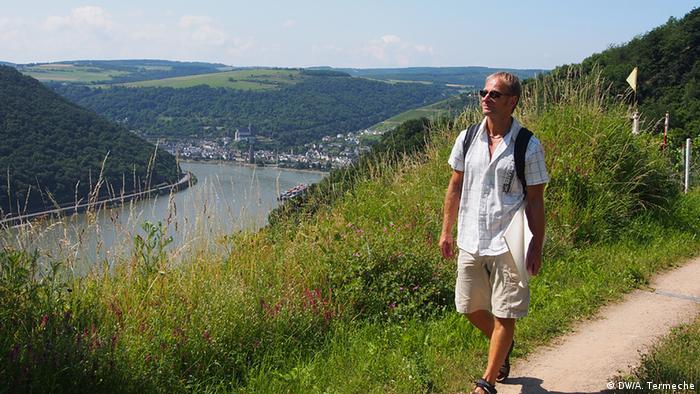
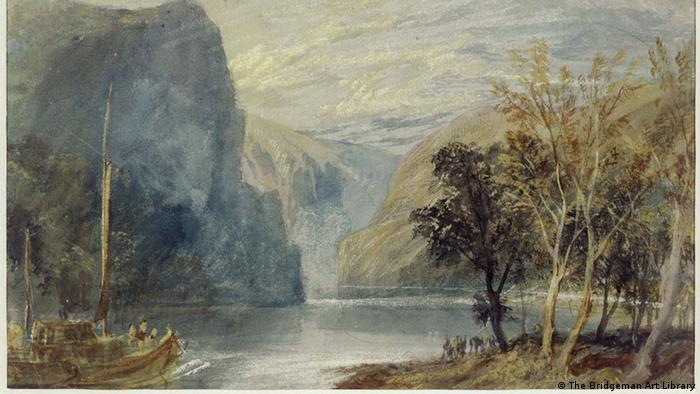
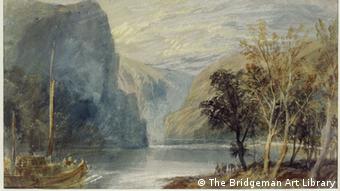
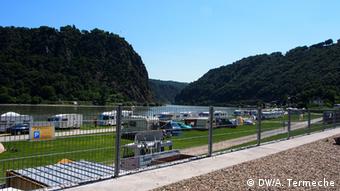
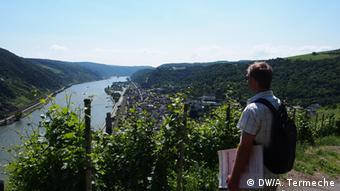
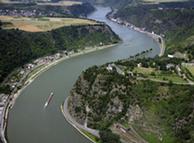



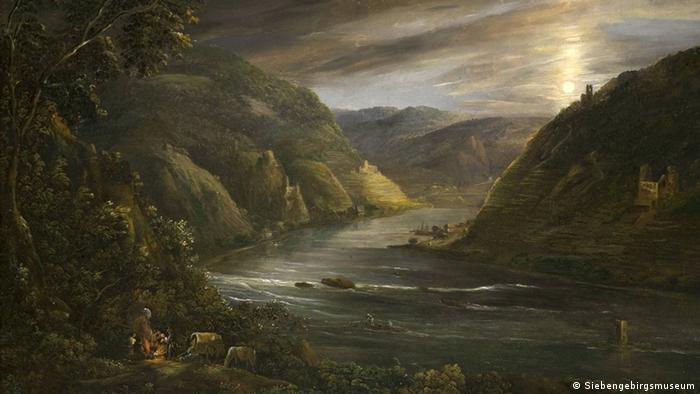
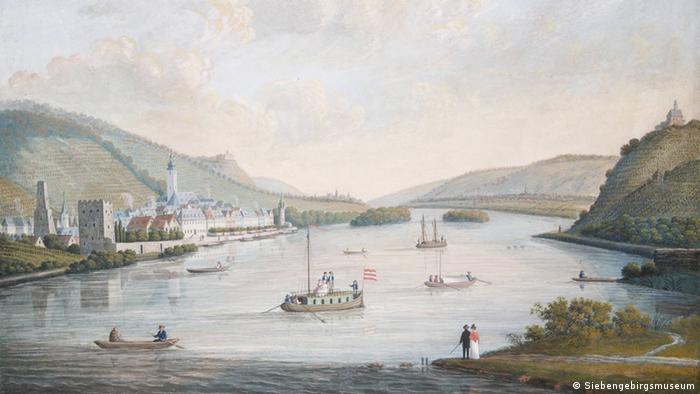
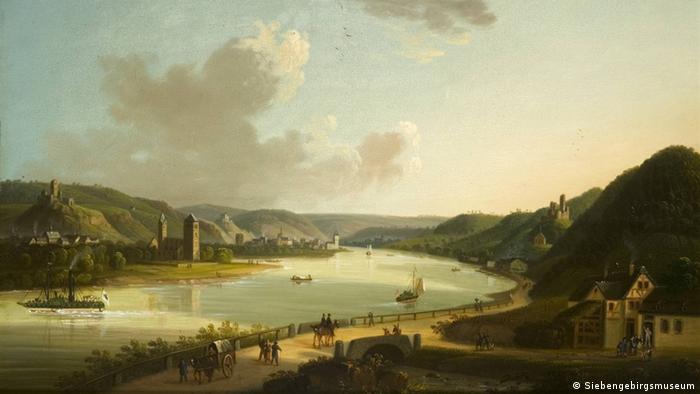
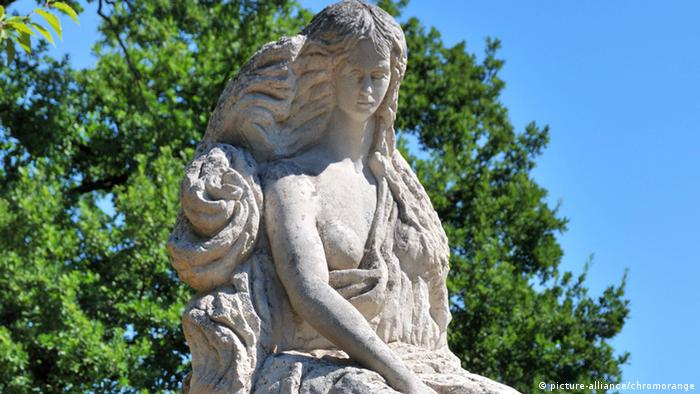
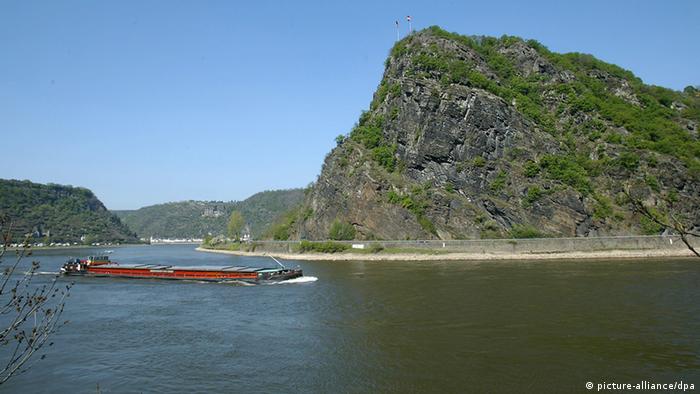








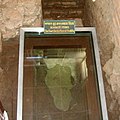











![[image]](http://si.wsj.net/public/resources/images/PJ-BQ081A_lumbi_G_20130821162357.jpg) REUTERS
REUTERS